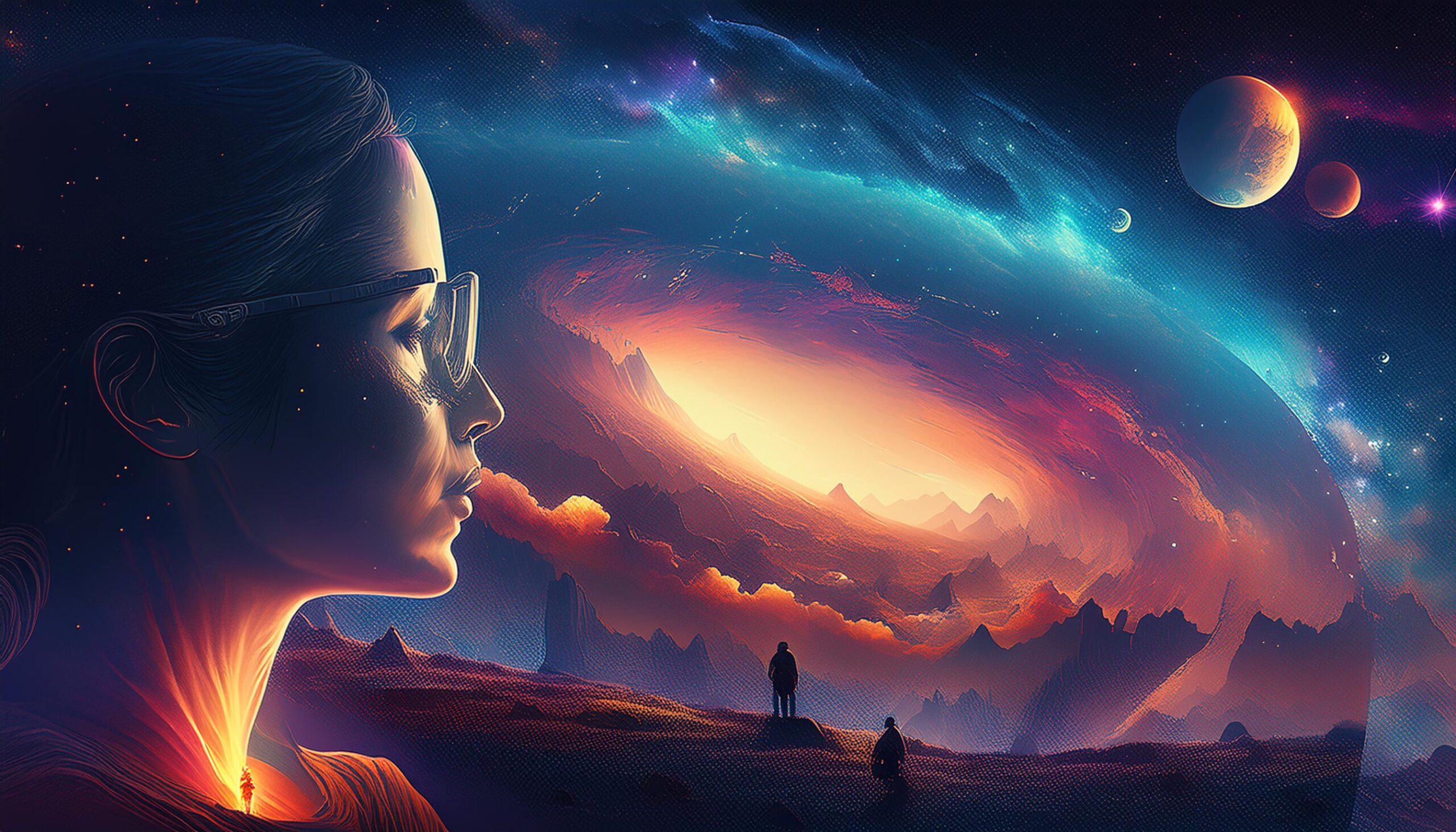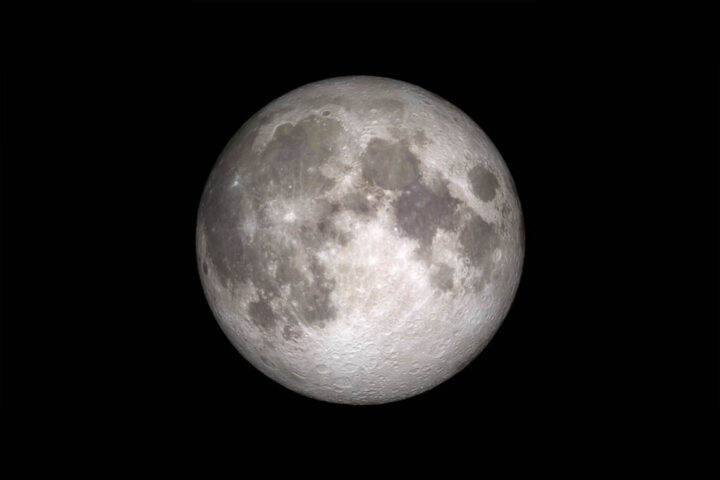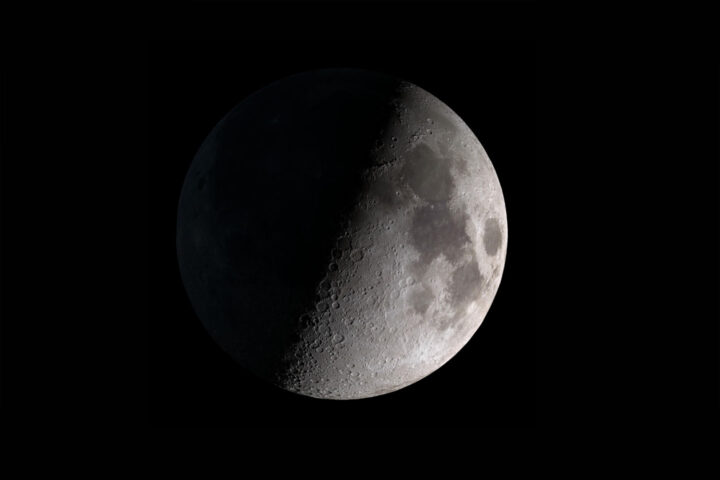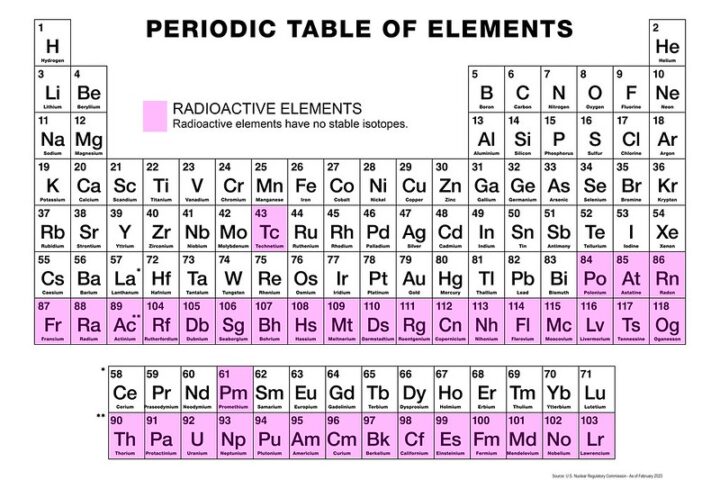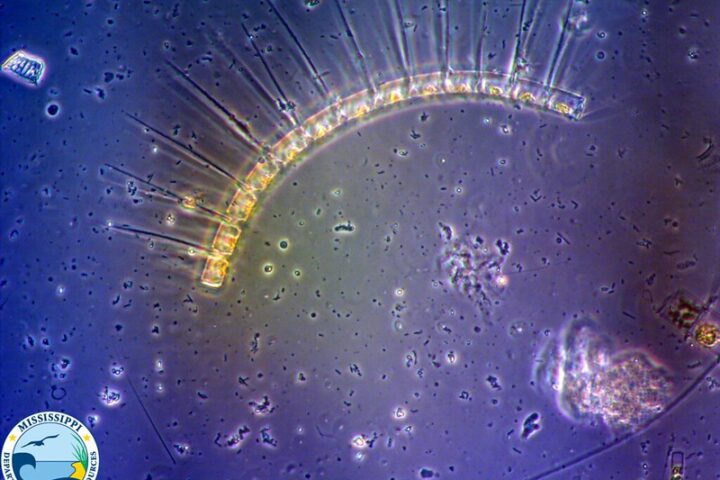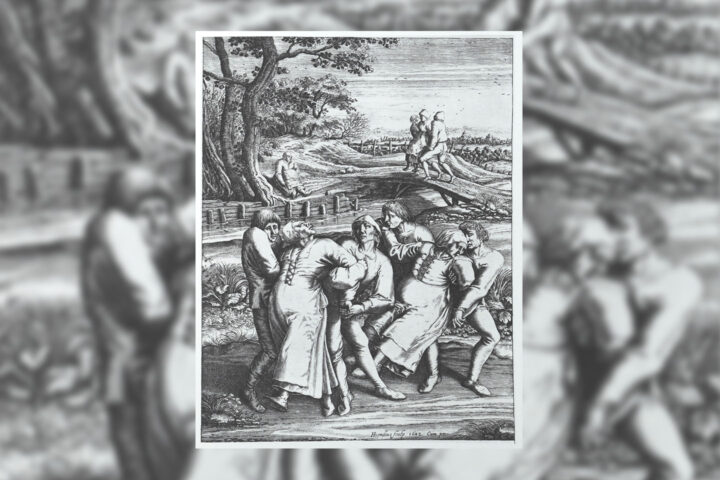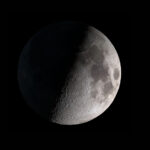Source: Firefly The infinitely vast system of celestial wonders that is the cosmos has always been a zone
Introduction
The infinitely vast system of celestial wonders that is the cosmos has always been a zone of fascination for human thought. From distant galaxies to black holes, the universe holds within it a vast treasure of mysteries waiting to be discovered. We do associate space with the ethereal and the sublime. Still, one strange discovery has imbued a part of earthly familiarity into our perception of the cosmos: the Milky Way, our galactic home, smells like rum, raspberries, and almonds.
A Serendipitous Discovery
At the very heart of our galaxy, buried deep inside a giant cloud of gas and dust called Sagittarius B2, lies a story as remarkable as it was not expected. While looking primarily to find out the contents of the universe, astronomers would make a discovery that would change our perception of space forever.
One such giant molecular cloud is Sagittarius B2, really one of the larger known breeding grounds for complex organic molecules. It is in these molecules that the building blocks of life, as we know it, have been scrutinized by scientists. One such giant molecular cloud is Sagittarius B2, really one of the larger known breeding grounds for complex organic molecules. It is in these molecules that the building blocks of life, as we know it, have been scrutinized by scientists. Searching for amino acids, which are the basic constituents of proteins, astronomers detected something quite unexpected: ethyl formate.
This is ethyl formate, one of the most pervasive molecules in the natural world and carrying a distinct odor reminiscent of rum and raspberries. From the succulent odor of ripe raspberries to the intoxicating fumes of rum, ethyl formate assumes a very important role in our olfactory experience. Its presence in the vast expanse of space therefore was nothing short of astounding.
The Chemistry of Cosmic Aroma
But how does something associated with earthly delights end up at the heart of a galaxy? The answer lies in the intricate dance of cosmic forces.
The enormous gravitational attraction of Sagittarius B2 pulls vast amounts of gas and dust toward it. In this cosmic crucible, the raw materials of creation collide and combine, giving rise to a dazzling array of molecules. The extreme conditions in space—namely, strong radiation and extremely low temperatures—are speeding up the chemical reactions between atoms and simple molecules to form complex organic compounds.
Ethyl formate is but one among the many such compounds that have emerged out of this cosmic cauldron. Other molecules, accountable for a wide range of odors from rum and almonds to peppers and almonds, were also found floating in the interstellar medium. The concentration of these compounds would be minute as compared to any earthly standards, yet their presence is a real witness to the rich chemistry of the universe.
Astrobiological Implications
It’s a discovery of profound implication to the field of astrobiology, leaving a great hint at how life came to be on Earth. If building blocks of life can form in the harsh environment of space, again tantalizingly, that is another possibility of other life out there.
Although ethyl formate is not a precursor of life by itself, its existence implies that the environment required for the appearance of biological molecules is ubiquitous. This confirms the supposition of extraterrestrial life and opens other regions of space for further searches in the occurrence of analogous organic compounds.
Beyond Rum and Raspberries
While the smell of rum and raspberries might suggest something like heavenly cocktails, we have to remember that space is anything but hospitable to man. It would be a fatal attempt to smell this cosmic fragrance in the extreme temperatures, vacuum, and radiation.
The discovery of ethyl formate and other organic molecules in space reminds us of the strange complexity and creativity of the universe. It becomes a testament to science’s ability to reveal the unseen secrets of the cosmos and to further our understanding of our place within them.
It undoubtedly captured the public imagination: the discovery of ethyl formate, a compound with the aroma of rum and raspberries, out there in the vast expanse of Sagittarius B2. But this is only a tiny taste of the cosmic flavor iceberg. With every advance in our technology, we’re better equipped to tease apart the intricate chemical signature that the universe leaves behind.
A Celestial Chemistry Set
While Sagittarius B2 is frequently referred to as the “cosmic distillery,” there is a lot more to this source than just fruity fragrances. It is an intricate chemical laboratory in which the raw elements of the cosmos are molded together into an amazing array of molecules. Beyond ethyl formate, astronomers have identified a veritable cornucopia of organic compounds; many of them are essential to life as we know it.
Amino acids, which form the basis for proteins, have been detected in interstellar space. These molecules are at the root of biological processes, and their presence gives rise to intriguing questions about the possibility of life lighting up elsewhere in the galaxy. Besides, complex hydrocarbons, which are generally considered to be the building-block basics for a tremendous number of organic compounds on Earth, have been discovered in vast abundance. These are molecules that form the backbone of molecular machinery in life, and their cosmic origins suggest that, perhaps, ingredients for life are spread throughout the universe.
The Role of Stardust
These complex molecules are intimately linked with the life cycle of stars. While stars form from collapsing interstellar clouds of gas and dust, they also enrich the interstellar medium with heavy elements forged in their cores. When these stars finally die in cataclysmic explosions known as supernovae, they scatter these elements far and wide, seeding the cosmos with raw material for new generations of stars and planets.
The dust grains that fill interstellar space provide catalysts for chemical reactions to take place. The small particles supply surfaces upon which molecules can form and interact. The low temperatures of space enable these molecules to survive for quite a long time, increasing the probability of complex compounds eventually forming.
Implications of LIFE’S ORIGINS
The discovery of a rich organic chemistry in space has huge implications for understanding the origins of life. If the building blocks of life are everywhere in the cosmos, then how likely is it that life has independently arisen on more than one planet? This is the so-called theory of panspermia, where microorganisms or organic molecules could be transferred from one celestial body to another, thus spreading life.
Though the idea of life hitchhiking through space sounds like the makings of a science-fiction movie, the evidence is now mounting. Meteorites found on Earth contain organics that include amino acids, thus proving that such molecules can survive the stresses involved with interstellar travel. Moreover, habitable exoplanets—those planets outside our solar system that appear to contain conditions not too different from those suitable for life on Earth—have opened new possibilities for extraterrestrial existence.
The Search Continues
The exploration of cosmic chemistry is far from complete. New telescopes and instruments continue to move the frontier of what we can observe. With each new discovery, we more deeply appreciate the complexity and diversity of the universe.
It may seem fanciful to detect molecules with familiar scents, but it’s proof that nothing is disconnected. The same chemical forces that forge the smell of raspberries on Earth are operating across the vastness of space, molding the molecules that might one day coalesce into life.
The universe may well prove to be not only a magnificent mansion of beauty but also a great cosmic still, where the ingredients of life may be being distilled in its very structure as we go on pushing back the curtain that conceals its secrets.
Conclusion
The Milky Way is our galactic home, full of wonders and mysteries. Ranging from majestic spiral arms to the supermassive black hole at its center, it seems like there is always some other way this galaxy can surprise us. Now, thanks to pioneering astronomers, we can add a new dimension to the appreciation of the cosmos—their intoxicating aroma.
The discovery of ethyl formate and many other organic molecules in Sagittarius B2 reminds us again that the universe has so much more detail and fascination than we have ever thought possible. The more we continue to go into unknown space, the bigger the surprise awaiting us in the form of discoveries that will jolt our perception of the cosmos and our position within them.
Sources:

